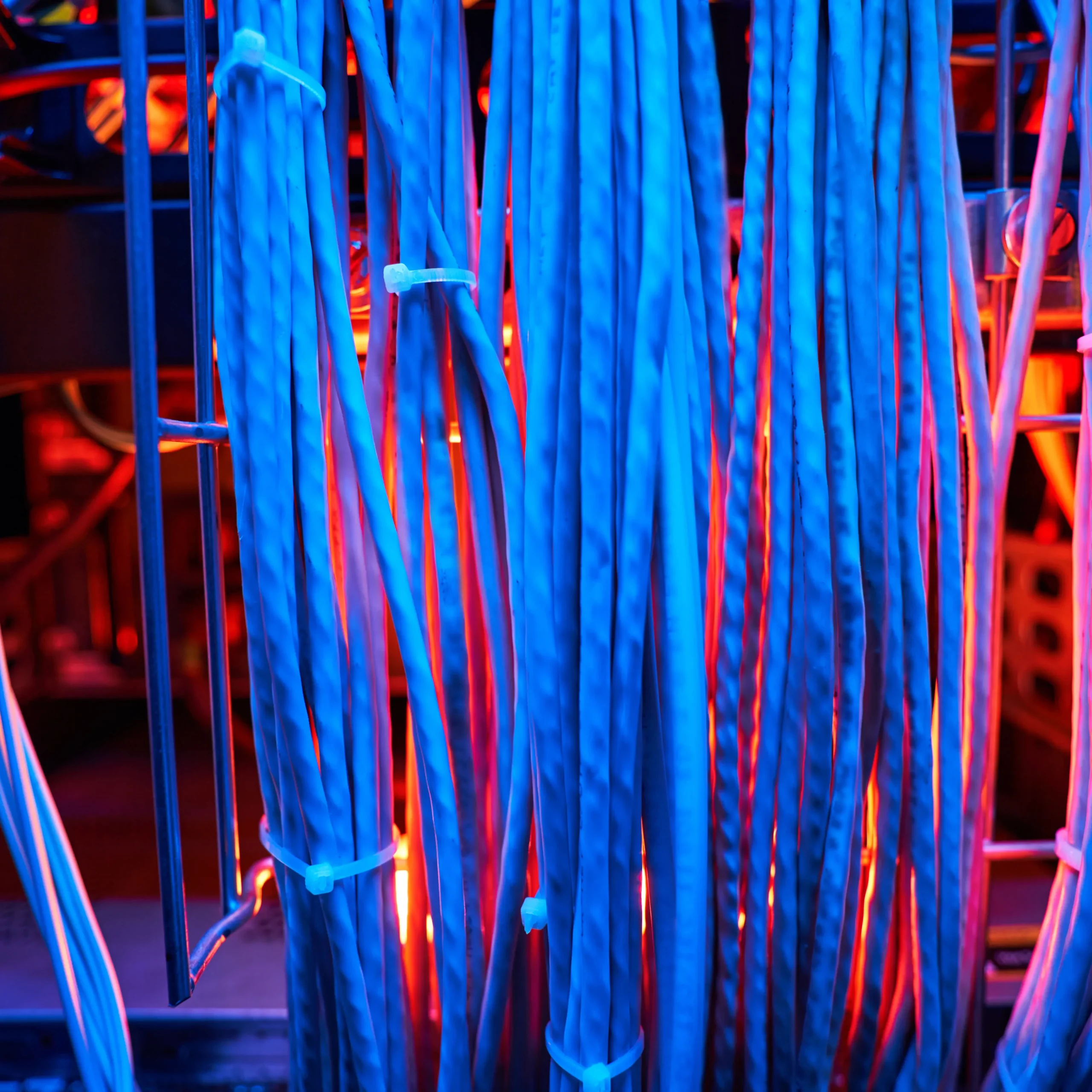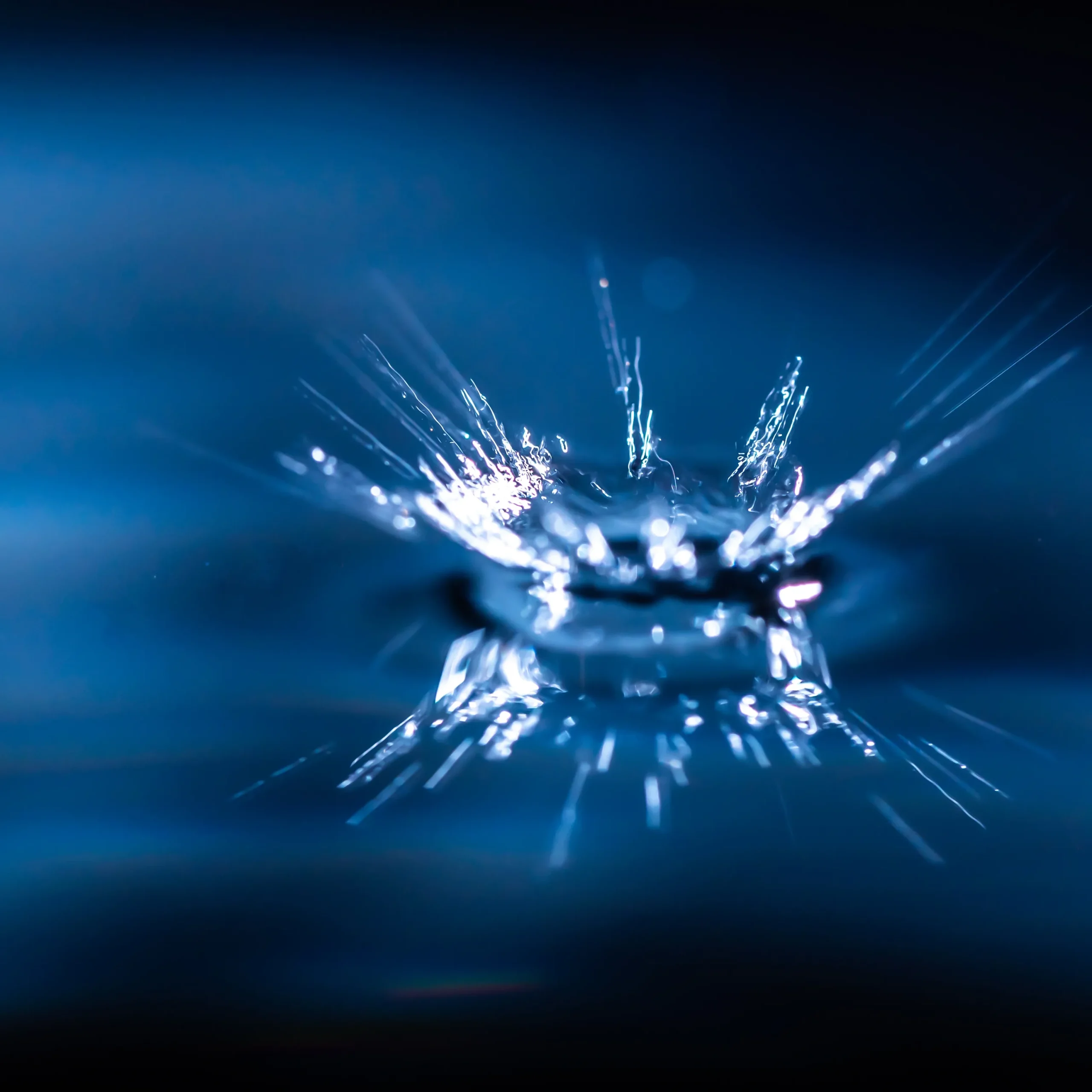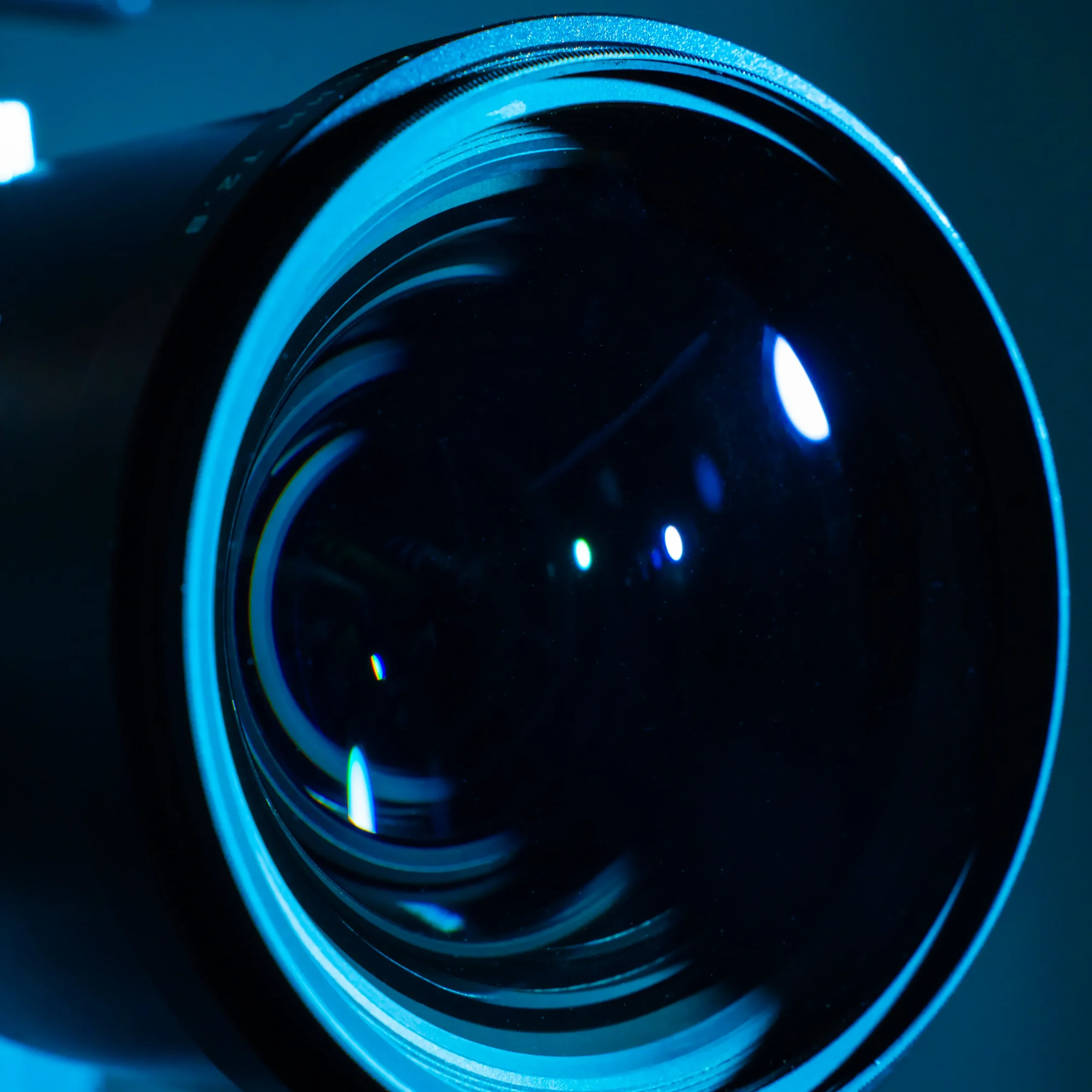Manufacturers that rely on high-speed imaging must squeeze every bit of performance from their industrial frame grabbers. The choice often comes down to two well-proven interfaces: the Camera Link family and the newer CoaXPress standard. Both are supported by KAYA Vision, yet they target different speed, distance, and upgrade requirements. This in-depth comparison dives into bandwidth, cabling, triggering, and future scalability so you can select the optimal high-speed frame grabber for your next machine-vision, inspection, or scientific project.
The evolution of industrial frame grabbers
In the early 2000s, Camera Link revolutionized digital imaging by moving industry away from analog capture cards. With predictable latency and a rugged mini-SCSI aesthetic, Camera Link HS maintained that edge. As sensors exploded past 10-megapixel and 300-fps thresholds, bandwidth ceilings and cable bulk became limiting factors. CoaXPress rose to address those constraints, blending coaxial familiarity, embedded power, and data rates once reserved for server interconnects. Today, KAYA Vision offers both families, embodied by the Komodo CLHS lineup and the Komodo III Quad CoaXPress 12G Frame Grabber, giving engineers a clear migration path.
Raw bandwidth and sensor headroom
Bandwidth remains the headline specification when choosing an industrial frame grabber. Camera Link HS runs at 10 gigabits per second (Gb/s) per lane and, on the eight-lane Komodo Quad CLHS card, delivers an aggregated 80 Gb/s. This easily supports most current 25-megapixel area-scan or 8K line-scan cameras. CoaXPress 12G, meanwhile, carries 12.5 Gb/s per link; the Komodo III Quad CoaXPress 12G Frame Grabber combines four links for a 50-Gb/s ceiling. The CoaXPress-over-Fiber variant sustains 41.3 Gb/s with the same FPGA-driven DMA engine.
- For ultra-high-resolution, >100-MP sensors or multi-stream multispectral rigs, a CoaXPress frame grabber leaves additional bandwidth overhead that prevents packet loss.
- For single-camera tasks below 10 Gb/s, Camera Link HS remains cost-efficient and mature.
- The PCIe 3.0 ×8 host interface on every Komodo III card ensures that neither bus becomes a bottleneck during sustained burst capture.
Cabling, reach, and electromagnetic immunity
Copper coax and fiber each impact system design. CoaXPress 12G over copper reaches 40 m without repeaters—ideal for robot arms or distributed manufacturing lines. When paired with the Komodo III Quad CoaXPress-over-Fiber frame grabber, reach extends to about 10 km while remaining fully deterministic—an advantage for aerospace test ranges, sports broadcasting gantries, or hazardous mining stations where local computing is impossible.
Camera Link HS employs industry-standard SFP+ or QSFP+ optical modules with lightweight fiber that can also span hundreds of meters. The cabling bulk is dramatically reduced versus legacy 80-pin Camera Link, though power must be supplied separately. CoaXPress embeds up to 13 W of PoCXP on each Micro-BNC channel, simplifying enclosures and avoiding external power bricks.
Deterministic triggering and multi-camera synchronization
Every high-speed frame grabber in the KAYA Vision catalog integrates FPGA-timed I/O blocks with nanosecond-precision timestamps. Still, the transport layer influences trigger jitter:
- CoaXPress offers a dedicated uplink for camera control at 41.66 Mb/s, isolating triggers from video payloads.
- Camera Link HS merges data and control lanes but leverages embedded K-codes for timing; deterministic performance is excellent under typical loads.
- The Komodo III series exposes twenty GPIO lines, four quadrature encoders, and hardware-debounced timers that keep line-scan web inspection perfectly aligned even at 300 m /min.
When four synchronized cameras feed one frame grabber, both interfaces can gen-lock via the shared clock on the PCB. For cross-card synchronization—say, eight high-speed cameras sampling a turbine blade—the CoaXPress frame grabber benefits from the SafePower handshake, ensuring that power-up timing is uniform.
Processing overhead and host CPU load
Industrial integrators often overlook how transport efficiency impacts server resources. The Komodo III architecture couples 4 GB of on-board DDR4 with scatter-gather DMA, offloading packet re-order and buffering from the CPU. Even at 50 Gb/s, sustained delivery measures more than 6.6 GB/s thanks to zero-copy transfers. Camera Link HS cards offer identical API calls but ship with between 512 MB (Predator II) and 4 GB (Komodo Quad CLHS) of memory, which is generally ample for their lower throughput.
The unified GenICam toolkit means that whether you stream through GenTL to HALCON or direct-map into a CUDA buffer, coding effort is unchanged. For GPU inference pipelines performing inline defect detection, the GPU-friendly physical-address DMA in both Komodo III and Komodo CLHS eliminates extra hops.
Upgrade and future-proof considerations
System architects rarely swap frame grabbers in isolation; cables, cameras, and PCIe slots all add friction. Migrating from Camera Link HS to CoaXPress within the KAYA Vision ecosystem minimizes disruption because:
- Both card families share standard-profile, half-length PCIe footprints. Cooling differs—Komodo III relies on passive heatsinking, whereas the Komodo Quad CLHS uses a small fan-cooled heatsink—but chassis requirements remain similar.
- Software APIs, buffer management, and event logging are common, so application code compiles unchanged.
- FPGA firmware on the Komodo III range is field-upgradeable, allowing potential support for future higher-speed CoaXPress revisions without a board swap.
For long-term service contracts, the CoaXPress-over-Fiber path adds galvanic isolation and robust link-status monitoring tools while maintaining embedded power on copper builds. Camera Link HS already operates over fiber but lacks embedded power delivery and the SafePower negotiation found in PoCXP systems.
Typical deployment scenarios
- Print inspection, 8K line-scan, 200 kHz line rate: Komodo Quad CLHS handles the necessary 80-Gb/s peak, maintains cable flexibility on gantries up to 50 m, and fits low-profile servers.
- Wafer metrology, 151-MP global-shutter CMOS at 240 fps: Komodo III Quad CoaXPress 12G delivers roughly 43 Gb/s per sensor with headroom, plus encoder-locked stage triggers.
- Outdoor range testing, 10 km between camera and lab: Komodo III Quad CoaXPress-over-Fiber offers deterministic timing with zero galvanic connection, critical for lightning safety and EMI immunity.
Making the interface decision
Summarizing electrical, mechanical, and application-level trade-offs helps crystallize the selection process:
| Metric | CoaXPress 12G | Camera Link HS |
| Peak bandwidth (quad) | 50 Gb/s | 80 Gb/s |
| Cable type | RG-6 coax or fiber | Fiber |
| Embedded power | Yes, 13 W PoCXP | No |
| Max copper reach | 40 m | n/a |
| Fiber reach | ~10 km | Hundreds m |
| Upgrade roadmap | Field-upgradable firmware | Mature, stable |
While Camera Link HS cards like the Komodo Quad CLHS continue to thrive in installations where cabling is short and sensors sit comfortably below 10 Gb/s per lane, a CoaXPress frame grabber represents the fastest route to next-generation sensors and distributed architectures. By stocking both interfaces under the Komodo brand, KAYA Vision ensures that every industrial frame grabber requirement—whether speed, distance, or legacy continuity—has a purpose-built answer.




